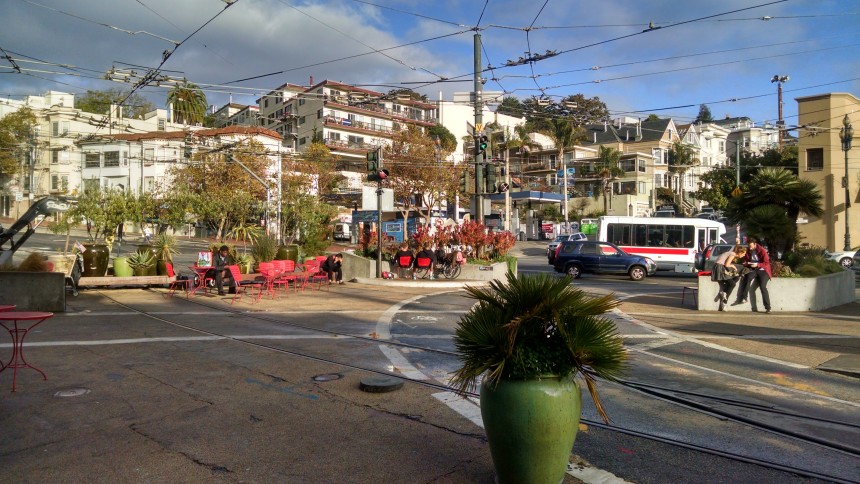WELCOME TO THE PUBLIC SPACE STEWARDSHIP GUIDE WEBSITE
This website is the online component to the print Public Space Stewardship Guide, a toolkit for funding, programming and maintenance. Like the print guide, this website presents five models for sustainable public space stewardship; Event-Based Models, Grassroots Partnerships, Public/Private Partnerships, Self-Governing Special Assessment Districts, and Maintenance/Technical Assistance Partnerships. Each section introduces a model in general terms, provides an illustrative case study in detail, and includes additional examples. The models provide a helpful framework for understanding each project, but many case studies integrate more than one model. Each case study has strengths and weaknesses unique to the objectives, funding and capacity of the stewarding organization or partnership. Case studies were selected to represent a range of organizations, space types, “use levels,” and budgets.
In the Resources section, you’ll find ready-to-use tools, including a recommended outline for a public space management plan, maintenance plan templates, and a guide to funding sources which references additional case studies.
The resources on this site and in the Public Space Stewardship Guide document are just a starting point. The practical information here is based on success stories in San Francisco and throughout the country, but is by no means complete. As public realm planning evolves, we hope that community organizations and cities worldwide contribute public space success stories for this website.
ACKNOWLEDGEMENTS
Thank you to all of the City, County and neighborhood organizations, business owners, neighbors, and artists who are doing great work every day to help San Francisco’s public spaces thrive.
This project is the result of a comprehensive research study of best practices and sustainable methods for public space -stewardship nationwide. The study process included online research, as well as interviews with relevant project and program managers around the country. We would like to thank all of the program and program managers who participated in interviews to help us learn more about their stewardship model.
Funding for this project was provided by the Friends of City Planning.

